The beginner’s guide to F1 engine and gearbox penalties
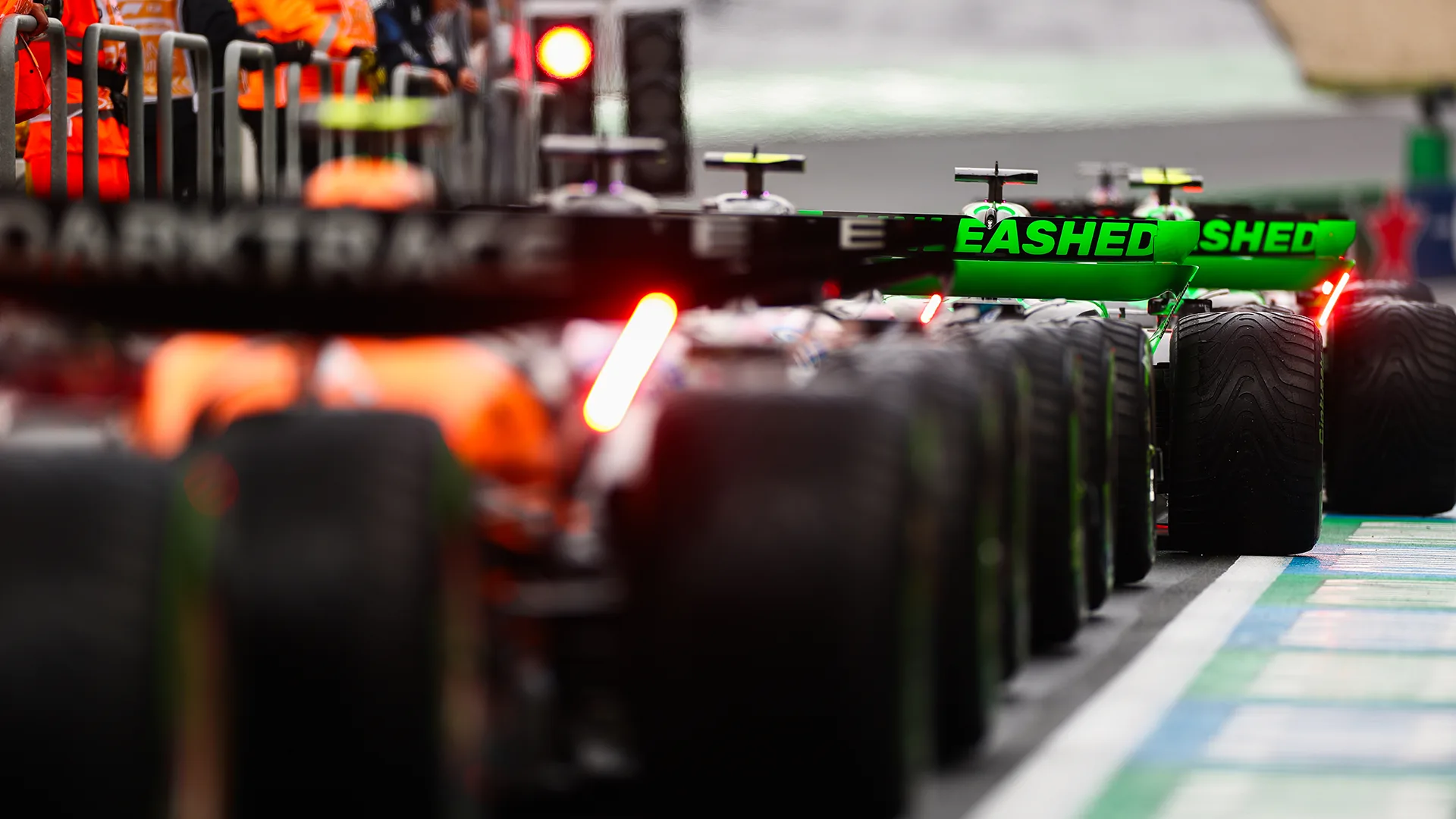
Power units and gearboxes often become hot topics as F1 seasons develop, given the rules on allocations for each driver and the penalties that follow if they are breached. Our beginner’s guide has all you need to know about these two vital parts of an F1 car…
Firstly, it’s important to understand the various components that make up F1 power units and gearboxes, and how many can be used across the 24-round calendar without penalty.
WATCH: A brief history of the evolution of Formula 1 engines
How many components are in an F1 power unit?
Current F1 power units feature several elements: the Internal Combustion Engine (ICE), Motor Generator Unit-Heat (MGU-H), Motor Generator Unit-Kinetic (MGU-K), Turbocharger (TC), Energy Store (ES), Control Electronics (CE) and Exhaust (EX).
Over the course of the 2025 season, a driver may use no more than four ICEs, MGU-Hs, MGU-Ks and Turbochargers, two Energy Stores and Control Electronics, and eight of each of the four elements that make up a set of Exhaust systems (comprising primaries left-hand side, primaries right-hand side, secondary LHS and secondary RHS).
2025 power unit component allocation
| Component | Allocation for 24-round season |
|---|---|
| Internal Combustion Engine (ICE) | 4 |
| Motor Generator Unit-Heat (MGU-H) | 4 |
| Motor Generator Unit-Kinetic (MGU-K) | 4 |
| Turbocharger (TC) | 4 |
| Energy Store (ES) | 2 |
| Control Electronics (CE) | 2 |
| Exhaust (EX) | 8 |
How are F1 engine penalties applied?
Should a driver use more power unit elements than the numbers set out above, a grid place penalty will be imposed upon them at the first event where each additional element is used.
The first time the allocation of any one of the seven elements is exceeded, a 10-place grid penalty will be applied, with the second time this occurs (and so on) resulting in a five-place grid drop – all penalties at the same event applying in a cumulative manner.
READ MORE: The beginner’s guide to F1 penalties
If a driver incurs a penalty exceeding 15 grid places, they will be required to start the race at the back of the field regardless. Following some confusion when multiple drivers received multiple grid drops at the 2022 Italian Grand Prix, the FIA clarified the penalty application process.
Classified drivers who have received 15 or fewer cumulative grid place penalties will be allocated a “temporary” grid position equal to their qualifying classification. So, if a driver qualifies 10th and they have penalties totalling 15 spots, they will be placed in a temporary position of 25th on the grid.

Should two or more drivers share the same temporary grid position, the driver who finished lower in Qualifying will keep that position and the faster driver will be placed immediately ahead.
Once the unpenalised classified drivers have been allocated their positions, those in temporary slots will be shuffled up to complete the grid.
TECH TALK: Explaining the new 2026 F1 regulations and what they could mean for car design
Any driver who has a penalty of more than 15 places – or if they have a punishment that pushes them to the back of the grid – will start behind any other classified driver.
A new power unit element is viewed as ‘used’ once the car’s timing transponder shows that it has left the pit lane during an official session. Meanwhile, power unit and gearbox components are sealed to ensure that parts cannot be replaced without the FIA knowing.
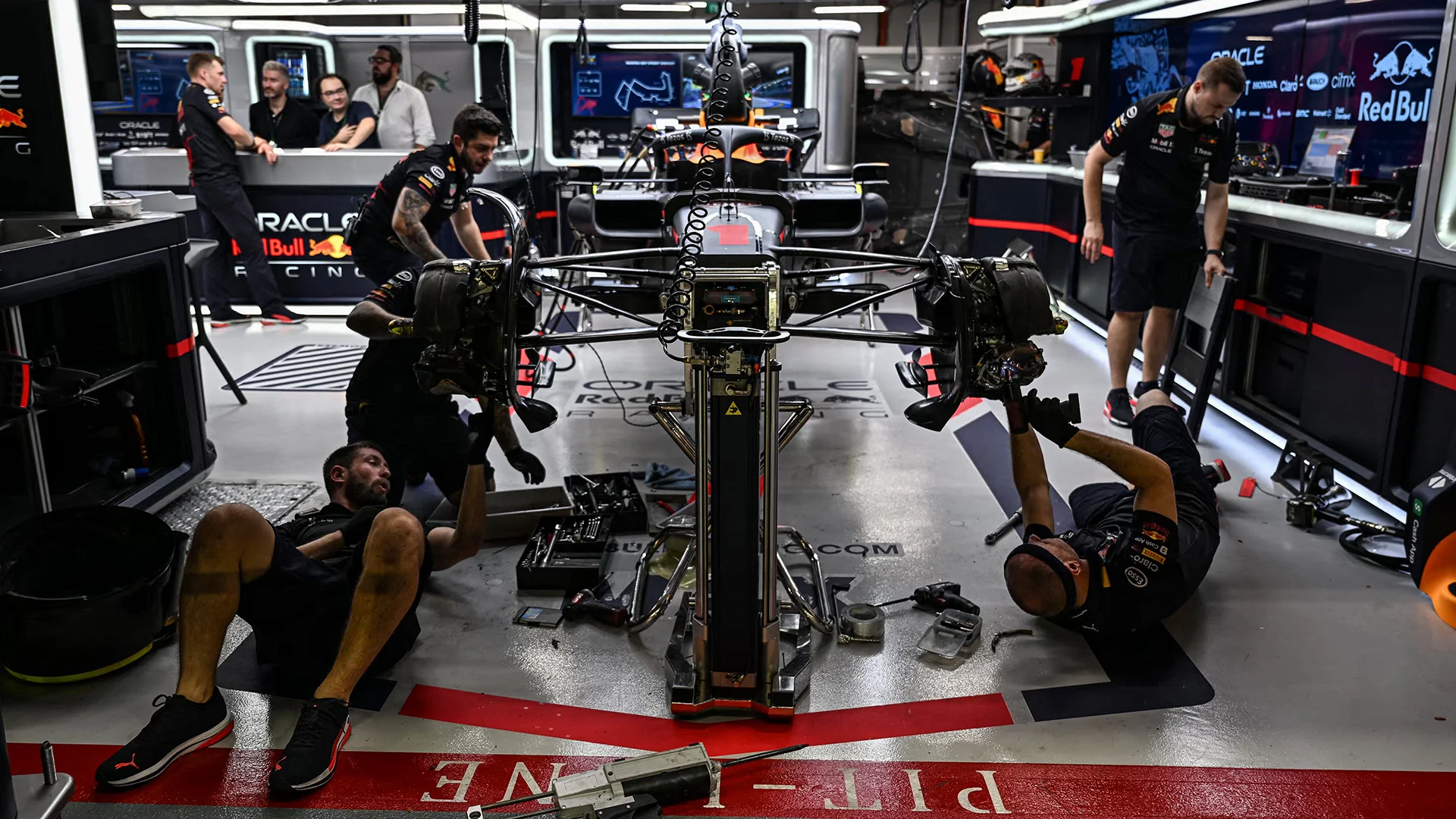
If a driver introduces more than one of the same element that is subject to penalties, only the last element fitted may be used at subsequent events without further penalty.
Meanwhile, if a driver is swapped out for another at any time during the season, their replacement will be viewed as the original driver for the purposes of assessing power unit usage.
READ MORE: Everything you need to know about F1 – Drivers, teams, cars, circuits and more
It is also important to note that when a new power unit element is introduced, it becomes part of the driver’s ‘pool’ for the rest of the season – those parts that can be swapped from race to race without penalty.
The above three points similarly apply to gearboxes.
How many components are in an F1 gearbox?
Drivers are also limited in terms of how many Restricted-Number Components (RNCs) they can use during a season. RNCs are components that make up the gearbox, split between the Gearbox Case and Cassette, and the Gearbox Driveline, Gear Change Components and Auxiliary Components.
2025 Restricted-Number Component allocation
| Component | Allocation for 24-round season |
|---|---|
| Gearbox Case and Cassette | 5 |
| Gearbox Driveline, Gear Change Components and Auxiliary Components | 5 |
How are F1 gearbox penalties applied?
As with their power units, drivers have a ‘pool’ of five gearboxes that can be swapped around during the season. Only when a driver exceeds their allocation of either of the above gearbox components do they receive a grid penalty.
The first time the allocation of either of the components is exceeded, a five-place grid penalty will be dished out, with the same number applying for repeat offences. This means a 10-place grid drop will be earned if the allocation of both sets of components are exceeded at once.
READ MORE: The beginner’s guide to the F1 Drivers’ Championship
In the event of either a power unit or gearbox penalty, drivers and their teams may decide to make an array of changes – incurring multiple penalties – at the same time, meaning an initial hit that then frees up their pool for the remainder of the campaign.
Certain circuits are more popular for these sweeping component changes, such as Monza and Spa-Francorchamps, where the nature of the layout – and particularly their long straights – in theory makes it easier for drivers to recover lost ground, while benefitting from fresh units.
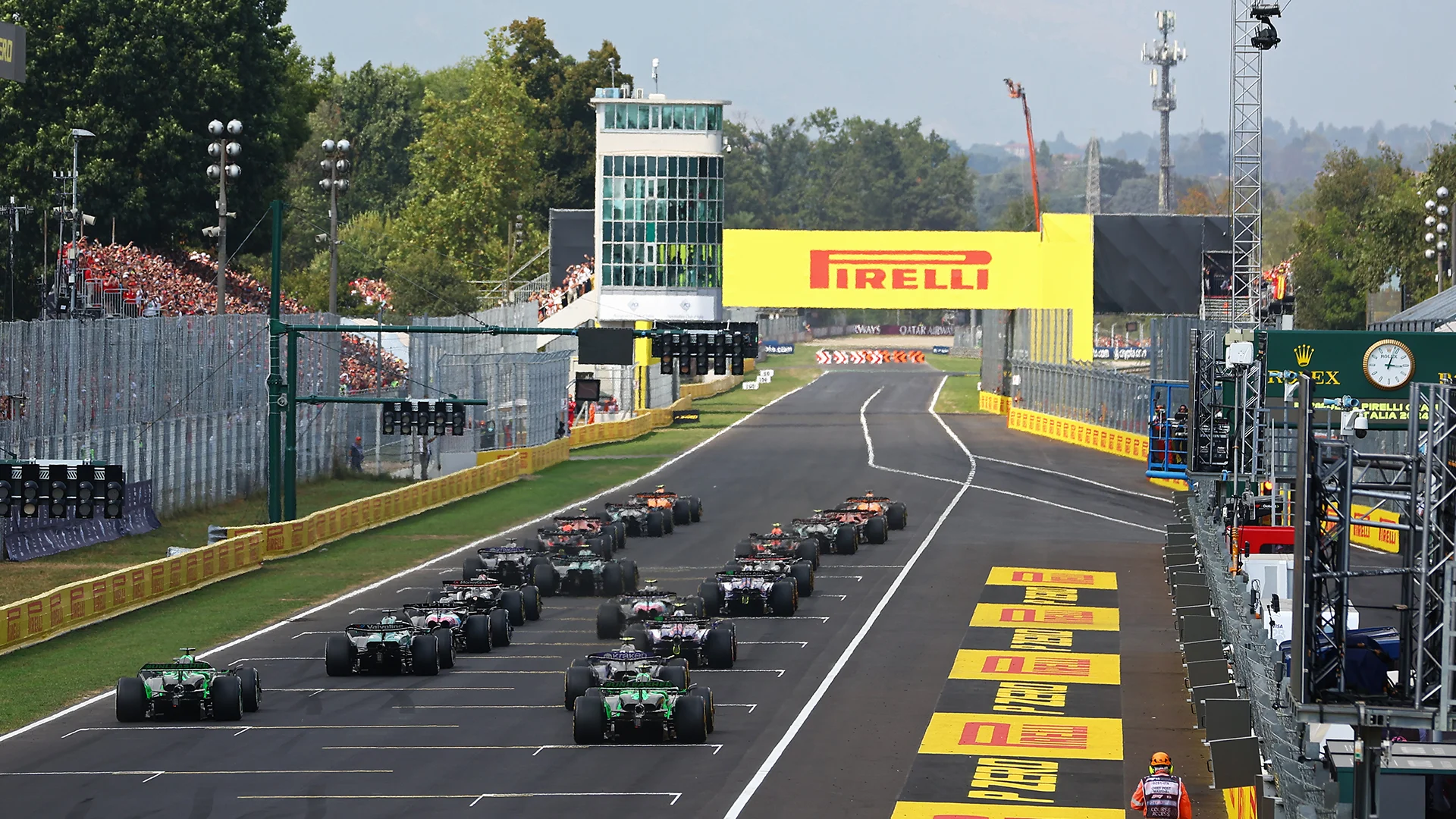
But why do the drivers get grid penalties for changing these parts?
Ultimately, it is a cost-saving measure. At one time, F1 teams would change out engines between almost every single session the cars completed. This meant they ran through dozens of units for each car every year, at a huge cost.
Forcing them to be more economical – and punishing them with grid drops – ensures the teams work hard to keep their changes to a minimum.
READ MORE: The beginner’s guide to the F1 Super Licence
Why have I heard the term ‘engine freeze’?
In 2022, an engine freeze came into force – with an initial set of components locked in from March 1, and another set from September 1 – and is due to run until the end of the 2025 campaign, after which new power unit regulations will take effect.
A manufacturer may apply to the FIA during the course of the so-called ‘homologation’ period – when the governing body ensures they are up to approved standard – to carry out modifications to power unit elements “for the sole purposes of reliability, safety, cost saving” and a range of “minimal incidental changes” such as component positioning.
Applications must be made in writing to the FIA Technical Department with supporting information including clear evidence of any failures. This will be circulated to all power unit manufacturers for comment and, if the FIA is satisfied that these changes are acceptable, they will inform the power unit manufacturer concerned that they may be carried out.
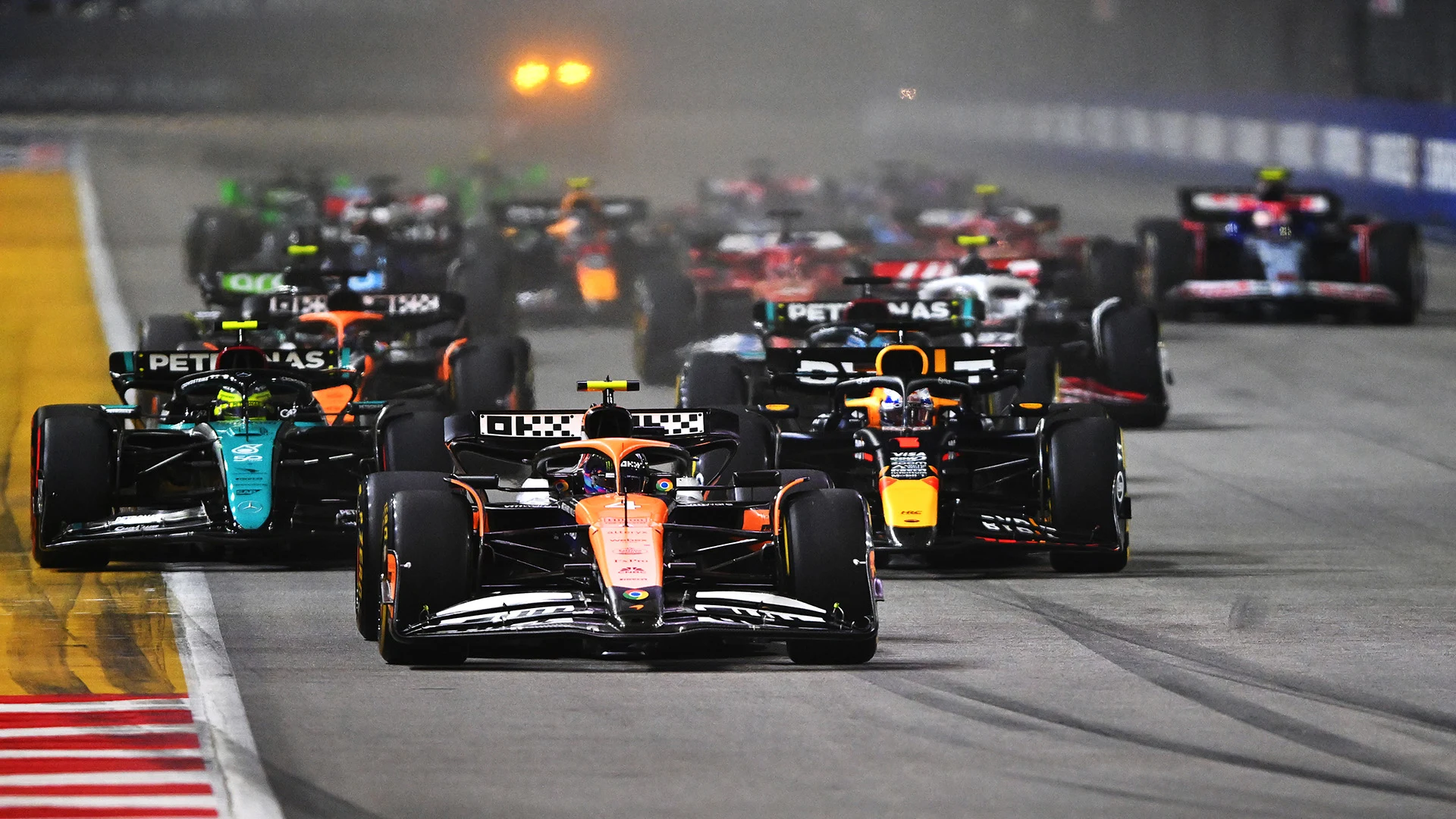
This ‘engine freeze’ was put in place because all-new power units will be introduced in 2026, and the freeze means the manufacturers can spend their time, money and resources developing those, without having to worry about continually improving the current generation of engines.
It is a similar story for gearboxes, which are also homologated, though some extra flexibility was granted in 2023 with modifications now permitted “in the case of materials, processes or proprietary parts becoming unavailable”, in addition to resolving “reliability problems” or for “cost saving, at the start of each season”.
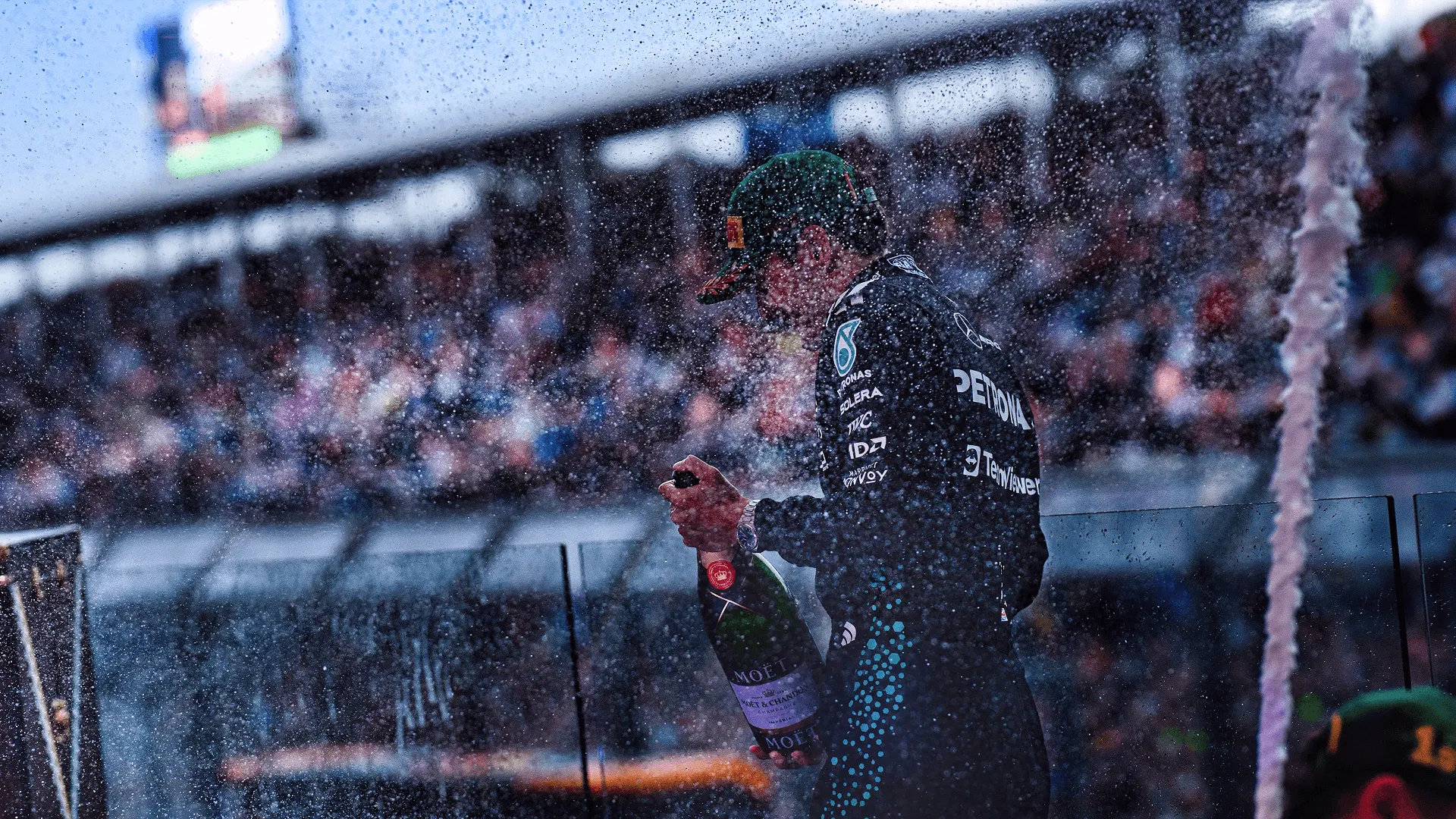
Next Up
Related Articles
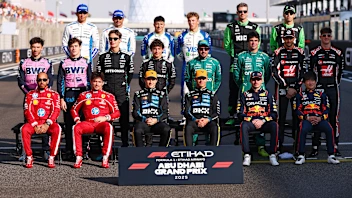 Quiz20 quiz questions on the 2025 Formula 1 season
Quiz20 quiz questions on the 2025 Formula 1 season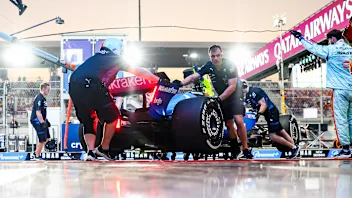 Williams become latest team to announce 2026 livery reveal date
Williams become latest team to announce 2026 livery reveal date.webp) ExclusiveLowdon on why Zhou ‘ticked all the boxes’ for Cadillac
ExclusiveLowdon on why Zhou ‘ticked all the boxes’ for Cadillac.webp) End Of Year Reports 2025Mercedes’ best and worst moments from 2025
End Of Year Reports 2025Mercedes’ best and worst moments from 2025 The key moments of an unforgettable 2025 season
The key moments of an unforgettable 2025 season End Of Year Reports 2025McLaren’s best and worst moments from 2025
End Of Year Reports 2025McLaren’s best and worst moments from 2025